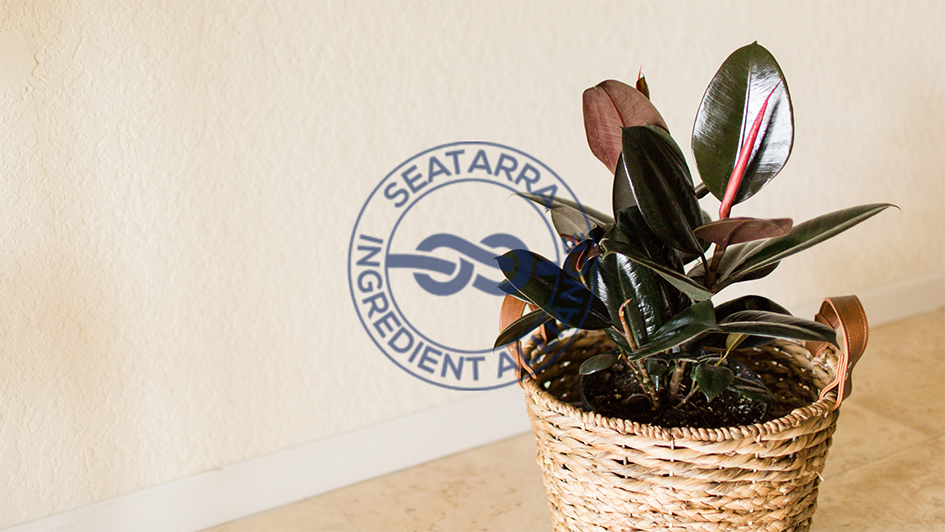
Breathe Easy: The Top Plants for Purifying Your Home Air
In the quest for a healthier living environment, the air quality within our homes emerges as a paramount concern. Modern dwellings, sealed tightly for energy efficiency, often trap pollutants ranging from volatile organic compounds (VOCs) to dust and mold. Amidst this, nature offers a simple yet profound solution: plants. Not merely decorative, certain plants possess the remarkable ability to purify air, acting as natural detoxifiers. This exploration delves into the top plants renowned for their air-purifying capabilities, highlighting how integrating these green allies into your home can lead to a fresher, cleaner, and ultimately healthier living space.
1. Spider Plant (Chlorophytum comosum)
The Spider Plant is celebrated not just for its striking appearance and ease of care but also for its potent air-purifying abilities. It excels in removing formaldehyde and xylene from the air, common pollutants found in carpet dyes and vehicle exhausts. Additionally, its resilience and rapid growth make it an ideal choice for novice gardeners.
Care Tips: Thrives in well-lit areas and requires moderate watering, making sure the soil is well-drained.
2. Snake Plant (Sansevieria trifasciata)
Also known as the Mother-in-Law’s Tongue, the Snake Plant is a hardy succulent that stands out for its ability to purify the air of benzene, formaldehyde, trichloroethylene, and xylene. Remarkably, it continues to produce oxygen at night, unlike most plants, making it perfect for bedrooms to promote better sleep quality.
Care Tips: Prefers dry conditions and some direct sunlight. Water sparingly, as its roots are prone to rot in moist soil.
3. Peace Lily (Spathiphyllum)
The Peace Lily, with its lush foliage and serene white blooms, goes beyond aesthetic appeal by filtering out harmful benzene, formaldehyde, trichloroethylene, ammonia, and xylene. It’s particularly effective in increasing humidity by up to 5%, beneficial for respiratory and skin health.
Care Tips: Thrives in shade and needs minimal sunlight, making it suitable for indoor environments. Keep the soil consistently moist without overwatering.
4. Aloe Vera (Aloe barbadensis miller)
Aloe Vera is renowned not just for its healing gel but also for its ability to purify air from benzene and formaldehyde, commonly found in varnishes and floor finishes. As a bonus, it’s an easy-to-grow succulent that can be used to treat cuts and burns.
Care Tips: Prefers sunny locations and requires well-drained, sandy soil. Water deeply but infrequently.
5. Rubber Plant (Ficus elastica)
The Rubber Plant is not only visually striking with its glossy, dark green leaves but also a powerful air purifier, especially adept at removing formaldehyde from indoor air. Its large leaves absorb and break down airborne chemicals, converting them into compounds that the plant can use for growth.
Care Tips: Performs best in indirect light and requires less water than most indoor plants. Wiping the leaves can enhance its air-purifying function.
6. Boston Fern (Nephrolepis exaltata)
The Boston Fern is a natural humidifier and air purifier, excelling at removing formaldehyde and improving humidity, which makes it beneficial for those suffering from dry skin or respiratory ailments. Its lush fronds add a touch of greenery that can brighten any space.
Care Tips: Prefers high humidity and indirect light. Keep the soil consistently moist and provide regular misting to maintain humidity.
7. English Ivy (Hedera helix)
English Ivy, a versatile and adaptable plant, is noted for its ability to significantly reduce airborne mold and fecal particles, making it invaluable for those with allergies and asthma. Its trailing vines can also add visual interest to any room or be grown as a low-maintenance ground cover.
Care Tips: Thrives in moderate temperatures and medium sunlight exposure. Allow the soil to dry out slightly between waterings.
Integrating Plants into Your Home for Healthier Air
Incorporating these plants into your home not only enhances its aesthetic appeal but also contributes to a healthier living environment by reducing pollutant levels and increasing oxygen availability. For optimal air purification, it’s recommended to have at least one plant per 100 square feet of home space. Regularly caring for your plants will maximize their air-purifying potential and bring a piece of nature’s tranquility into your living space.
Conclusion: Embracing Nature’s Purifiers
The journey towards cleaner, healthier air within our homes is beautifully complemented by the addition of air-purifying plants. These natural allies remind us of the profound connection we share with the environment and the simple, yet effective, solutions nature offers for enhancing our well-being. By welcoming these plants into our homes, we embrace a holistic approach to health that benefits not just ourselves but also the air we breathe, proving once again that nature holds the key to nurturing life in its purest form.



